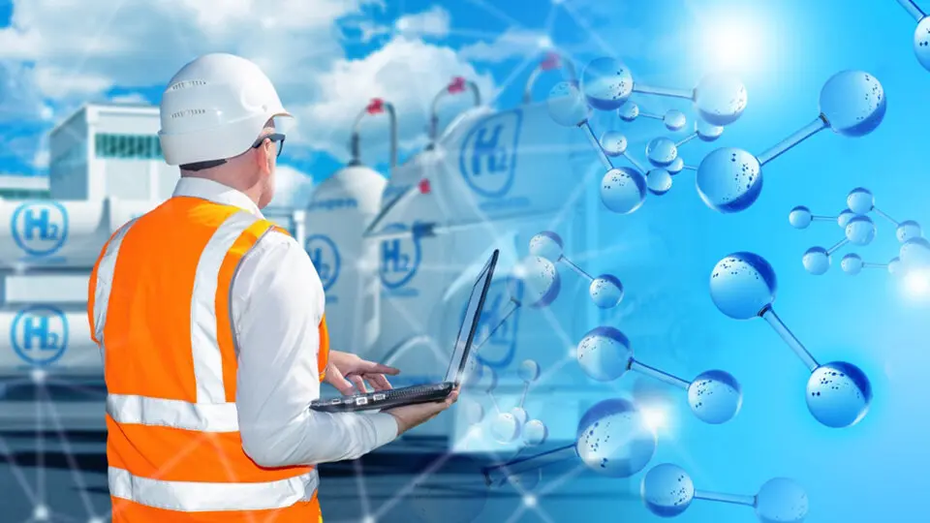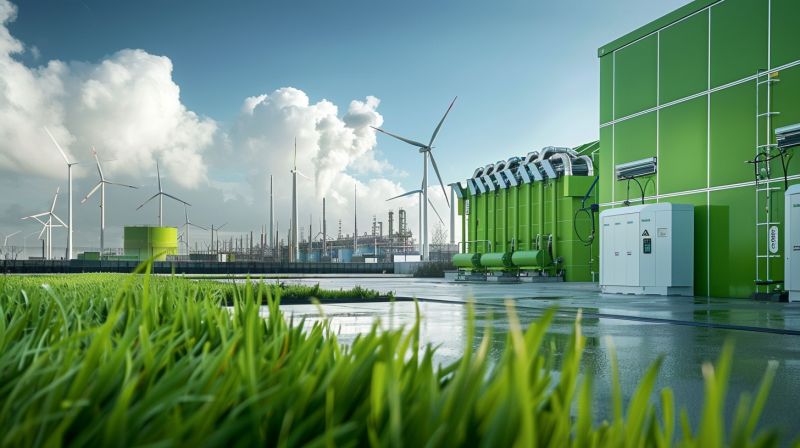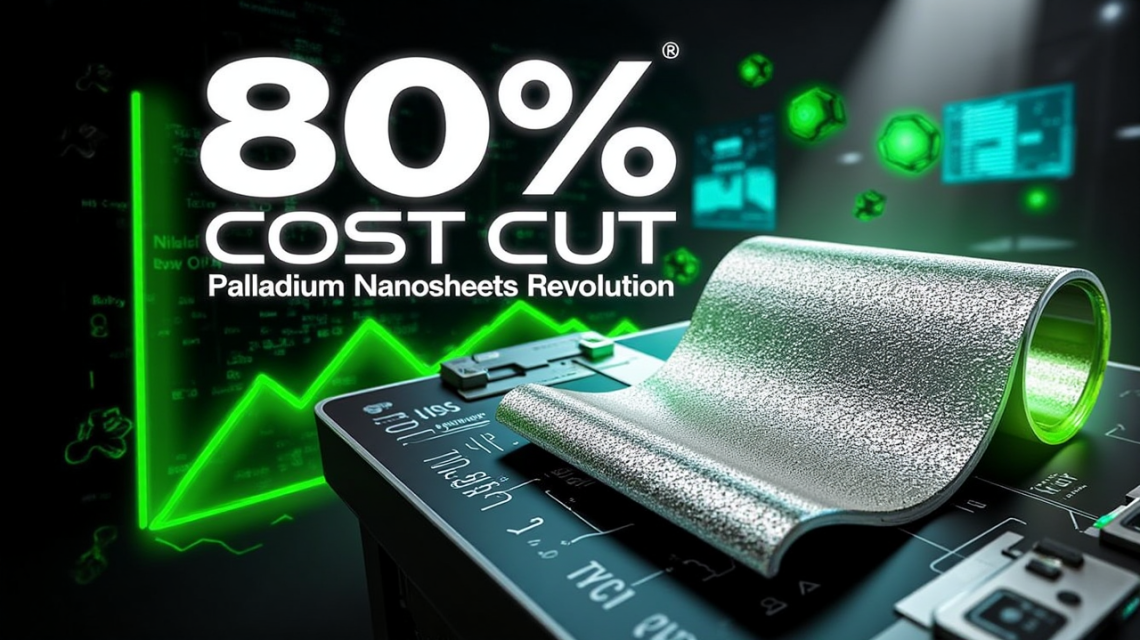Affordable Hydrogen energy is a key solution for a clean and sustainable future, offering a zero-emission alternative to fossil fuels. However, producing hydrogen on a large scale is expensive because it relies on platinum-based catalysts, which are rare and costly.
To solve this problem, researchers from the Tokyo University of Science (TUS) have developed a new hydrogen evolution catalyst called bis(diimino)palladium coordination nanosheets (PdDI). This low-cost alternative to platinum offers similar efficiency at a fraction of the cost.
Their study was published in Chemistry – A European Journal on November 28, 2024, and was later featured as a Cover Story in January 2025, highlighting its importance in sustainable hydrogen production.
Breakthrough in Hydrogen Evolution Reaction (HER) Technology
The study was led by Dr. Hiroaki Maeda and Professor Hiroshi Nishihara from TUS, in collaboration with researchers from top institutes in Japan.
Their discovery marks a major breakthrough in Hydrogen Evolution Reaction (HER) technology, which plays a key role in green hydrogen energy production.
A Cost-Effective Affordable Hydrogen
To create a more affordable solution, the research team designed palladium-based nanosheets using a simple synthesis process that reduces the need for expensive metals while maintaining high efficiency.
Developing efficient HER catalysts is key to sustainable hydrogen production. Our PdDI nanosheets have high conductivity, large surface area, and efficient electron transfer, making them strong candidates for replacing platinum.

The team developed two types of PdDI nanosheets:
✅ C-PdDI – Created using gas-liquid interfacial synthesis
✅ E-PdDI – Created using electrochemical oxidation
After activation, the E-PdDI nanosheets showed a low overpotential of 34 mV, which is almost equal to platinum’s 35 mV, meaning very little extra energy is needed to drive hydrogen production. The exchange current density of 2.1 mA/cm² also matched platinum’s catalytic performance, making E-PdDI one of the most efficient HER catalysts developed to date.
Long-Term Stability and Future Potential
For any catalyst to be useful in real-world applications, it must be durable. The PdDI nanosheets remained stable for 12 hours in acidic conditions, proving they are highly suitable for industrial hydrogen production systems.
Our research takes us one step closer to making hydrogen production more affordable and sustainable, a crucial step for a clean energy future.
By reducing reliance on expensive platinum, PdDI nanosheets support the United Nations’ Sustainable Development Goals (SDGs):
SDG 7 – Promoting affordable and clean energy
SDG 9 – Encouraging innovation and sustainable industry
Impact on Hydrogen Economy
The scalability, efficiency, and lower cost Affordable Hydrogen of PdDI nanosheets make them attractive for:
🔹 Industrial hydrogen production
🔹 Hydrogen fuel cells
🔹 Large-scale energy storage systems
Replacing platinum with PdDI can also reduce mining-related flow, advance the shift to a sustainable hydrogen economy. Since palladium atoms are 10 times less dense than platinum, this breakthrough could completely lower costs in industries like automobiles, hydrogen production, and electrode manufacturing Affordable Hydrogen.

Technology:
Sensors and data analytics can monitor water quality and quantity in real time.
Smart water grids can optimize water Affordable Hydrogen distribution and reduce leaks.
Technology can improve the efficiency and effectiveness of water management.
Decentralized Water Treatment:
Small-scale, point-of-use water treatment systems can provide safe water in remote areas.
Solar-powered water purification systems can be a sustainable solution in areas with limited access to electricity.
Decentralized systems can be more Affordable Hydrogen resilient to disruptions and climate change.
Water growing and Conservation: Rainwater harvesting systems can supplement water supplies in areas with seasonal rainfall.
Drip flooding and other water-efficient Affordable Hydrogen agricultural practices can reduce water utilization.
Technology can help optimize water use and minimize waste Affordable Hydrogen.
Remote Sensing and Monitoring:
Satellite imagery and remote sensing data can monitor water resources and identify areas of water stress.
Technology can help track changes in water availability and quality over time.
This data helps with planning, and with fast responses to natural accident.



good!
wonderful!
wonderful!
good!